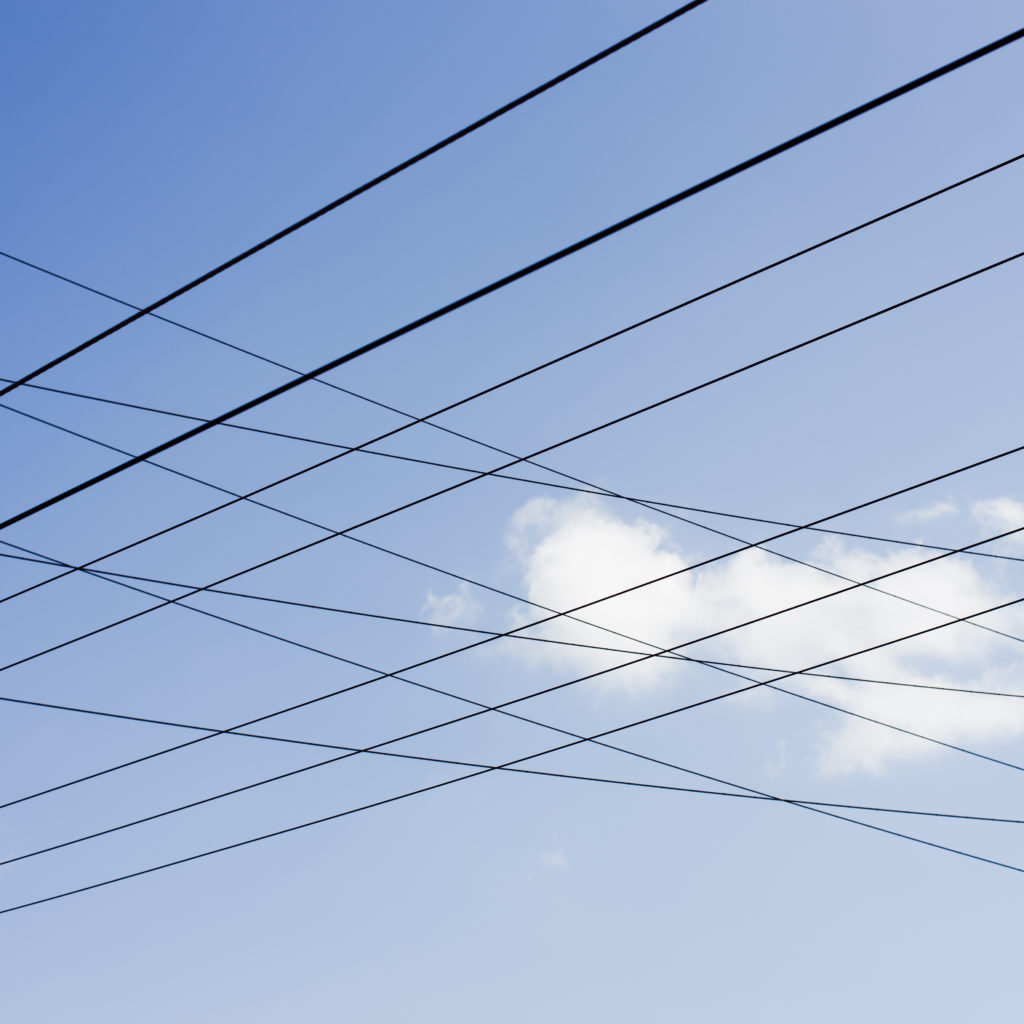Dr Iain Staffell, Professor Richard Green, Professor Tim Green and Dr Malte Jansen — Imperial College London
Electricity production from gas rose 20% from this time last year, driven by lower wind output and continued nuclear outages.
It was by no means a bad quarter for wind farms – their productivity was typical for winter at 37% – but this was much lower than during the unusually stormy start to 2020.
Britain’s nuclear reactors on the other hand ran at just 53% capacity factor during the quarter, when ideally they should be running 24/7. Their utilisation was only slightly higher than that of gas power stations.
Demand was almost the same as Q1 last year, as the demand reductions from the country being under lockdown were offset by it being on average 1 degree colder.
Both biomass and coal power stations hit a peak of 100% capacity factor during the quarter, meaning every station was running at full power at the same time. This is highly unusual for coal, which was called on extensively during periods of tight margins in January.
Britain’s remaining coal capacity fell by one quarter as Drax announced the end of commercial operation for its two remaining coal units in Yorkshire. This leaves two coal power stations remaining – West Burton A and Ratcliffe on Soar, both in Nottinghamshire, due to close in 2022 and 2024.
[1] Other sources give different values because of the types of plant they consider. For example, BEIS Energy Trends records an additional 0.7 GW of hydro, 0.6 GW of biomass and 3 GW of waste-to-energy plants. These plants and their output are not visible to the electricity transmission system and so cannot be reported on here.
[2] We include an estimate of the installed capacity of smaller storage devices which are not monitored by the electricity market operator. Britain’s storage capacity is made up of 2.9 GW of pumped hydro storage, 0.6 GW of lithium-ion batteries, 0.4 GW of flywheels and 0.3 GW of compressed air.
